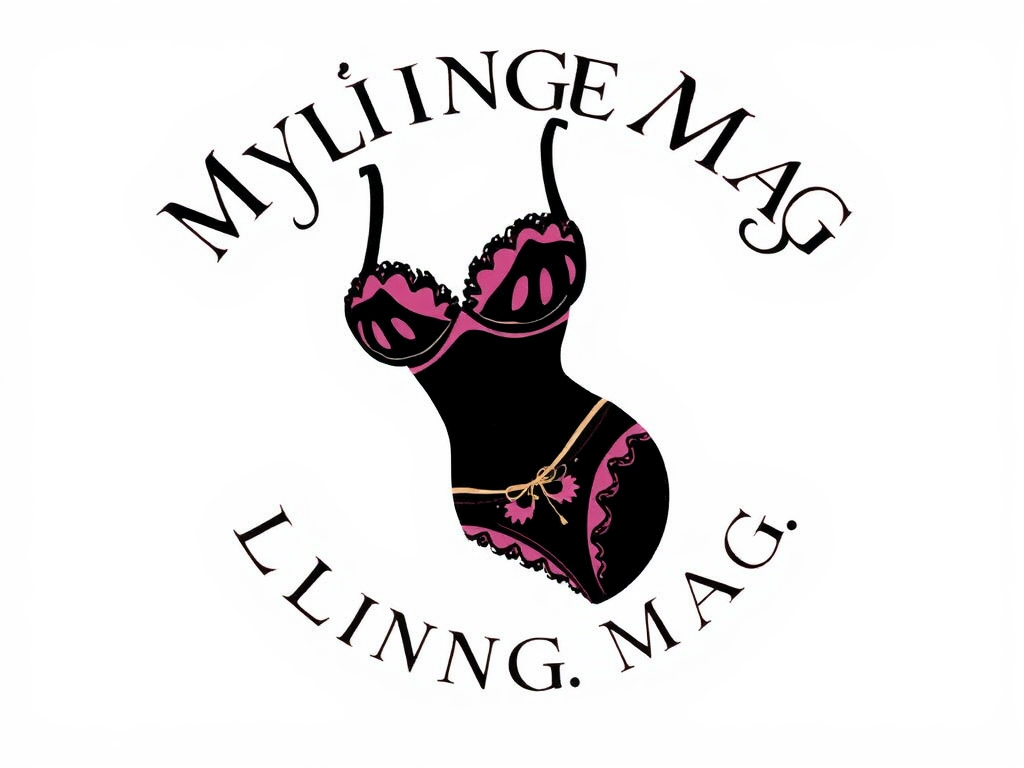Understanding Hair Breakage
Hair breakage can be frustrating, yet understanding its common causes can pave the way to healthier tresses. Factors such as heat styling, chemical processing, and excessive brushing significantly contribute to hair breakage. Furthermore, the use of glues and tight hairstyles weakens strands, promoting fractures. Transitioning to less rigid hairstyles and reducing heat exposure can mitigate this issue.
Recognizing the signs of hair breakage is crucial. Look for split ends, reduced elasticity, and a dull, straw-like appearance. Pay attention to hair that catches and breaks easily; these are critical indicators your hair might be at risk. Also, increased tangling and shedding can signal compromised hair integrity.
Also to see : Comprehensive Handbook: Proven Techniques to Permanently Banish Hair Product Buildup
Environmental factors, including sun exposure, pollution, and humidity, exacerbate damage, weakening hair’s structure. The UV rays of the sun break down the keratin proteins, vital for hair strength. Combat these by using sun protectant sprays designed for hair, wearing hats, or seeking shade.
Preventive measures include using a wide-toothed comb, investing in satin or silk pillowcases, and incorporating moisture-rich treatments. By combining knowledge of causes and symptoms with proactive care, you foster healthier, resilient hair—even amidst challenging external conditions.
This might interest you : DIY Hair Bleaching: Expert Tips for Damage-Free, Safe At-Home Results
Proven Strategies for Prevention
Establishing an effective hair care routine is vital in preventing hair breakage. A balanced routine should incorporate moisturizing products to maintain elasticity, keeping strands hydrated and less prone to damage. Wash hair regularly, but not too frequently, to avoid stripping away natural oils—once or twice a week is typically sufficient for most hair types.
Developing a Healthy Hair Care Routine
In addition to moisturizing, consider low-manipulation techniques. This includes minimizing heat styling and choosing protective hairstyles that safeguard hair from environmental aggressors. Braids, buns, and twists are excellent options that reduce the stress on the hair shaft.
Incorporating Protective Styles
Protective styles, by design, protect the ends of the hair while reducing tangling. When switching styles, avoid excessive tension, particularly around the hairline, to prevent breakage caused by tight hairbands or clips.
Nutrition’s Role in Hair Health
Nutrition also plays a pivotal role in maintaining strong hair. A diet rich in vitamins and minerals, particularly those supporting hair growth like biotin, zinc, and omega-3 fatty acids, can significantly enhance hair resilience. Ensuring adequate protein intake is essential, as hair is primarily composed of keratin, a robust protein that helps fortify the hair structure.
Repairing Damaged Hair
Understanding how to effectively repair damaged hair involves exploring both at-home approaches and professional solutions. Hair treatments can restore vibrancy and strength, offering a pathway back to healthy locks.
Best Treatments for Damaged Hair
Deep conditioning options are essential in the battle against hair damage. Opt for products with proteins and moisturizing ingredients to repair and nourish the hair shaft from within. These treatments can be used weekly to infuse the hair with vitality, addressing concerns like dryness and brittleness.
Effective Home Remedies
Natural oils, such as coconut and argan oil, offer immense benefits in rejuvenating damaged hair. Their rich properties penetrate hair strands, providing essential nutrients and strengthening bonds. Regular application can lead to improved texture and manageability.
Professional Repair Solutions
Seeking advice and treatments from salons can also be beneficial. Professional solutions, such as keratin therapies or bond-building treatments, provide intensive care designed to remedy severe damage. These can restructure and reinforce the hair, granting a long-term solution to persistent breakage and weakness. Considering these options ensures a comprehensive approach to hair restoration, integrating both professional expertise and at-home care for best results.
Expert Tips on Product Selection
Choosing the right hair products tailored to individual needs ensures optimal hair health. Begin by understanding your hair type—whether it’s oily, dry, or a combination will influence product suitability. For example, those with oily hair may benefit from lightweight formulations, while dry hair often requires more hydrating options.
Key Ingredients to Look For
When examining products, look for ingredients like keratin, which strengthens hair structure, and argan oil, which provides nourishment and shine. Sulfate-free shampoos are ideal for maintaining natural oils, while silicone-free conditioners prevent product build-up that can weigh hair down.
Understanding Hair Type and Product Pairing
Matching products with your unique hair type is crucial. If your hair is prone to frizz, opt for serums containing silicone-alternatives that smoothen without excessive heaviness. Fine hair types can benefit from volumizing products that add body without residue.
Recommended Products for Various Hair Issues
To combat breakage, consider products enriched with biotin, known for supporting hair strength and growth. For colour-treated hair, UV-protectant products help preserve vibrancy, shielding colour from fading. Carefully selecting products with these ingredients can promote health while addressing specific concerns.
Maintaining Long-Term Hair Health
Achieving and maintaining long-term hair health involves consistent attention to hair maintenance and routine adjustments based on evolving needs. Regular trims are essential; they prevent split ends from traveling up the shaft, ensuring healthier hair overall. Hair stylists recommend trims every 6-8 weeks for optimal results.
Regular Hair Trims and Their Benefits
Trimming not only promotes growth by removing damaged ends but also improves texture and manageability. This practice helps prevent breakage, a common concern for those seeking length retention. Moreover, regular trims keep hairstyles looking fresh and polished.
Adapting Your Routine with Seasonal Changes
Altering hair care habits with the seasons enables better hair maintenance. In winter, focus on moisture-rich products to combat dryness. Conversely, lighter products suffice in humid summers to prevent excess oiliness. Adjusting to your environment ensures that hair remains resilient year-round.
Impact of Lifestyle Choices on Hair Health
Lifestyle factors like hydration, diet, and stress levels significantly influence hair health. Proper hydration aids in delivering crucial nutrients to the scalp. Minimizing heat styling and practising stress management also protect against damage and loss. Incorporating these elements into daily routines supports long-term hair vitality, ensuring strong and lustrous locks.
